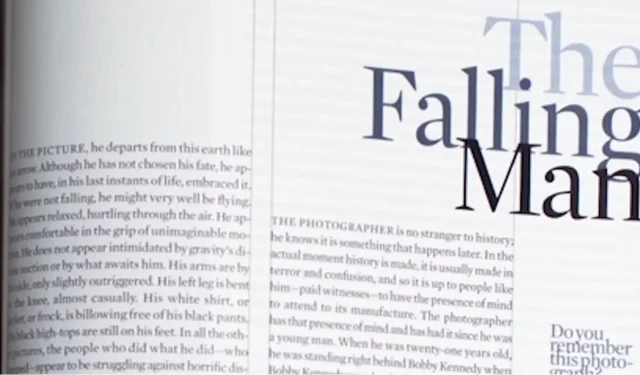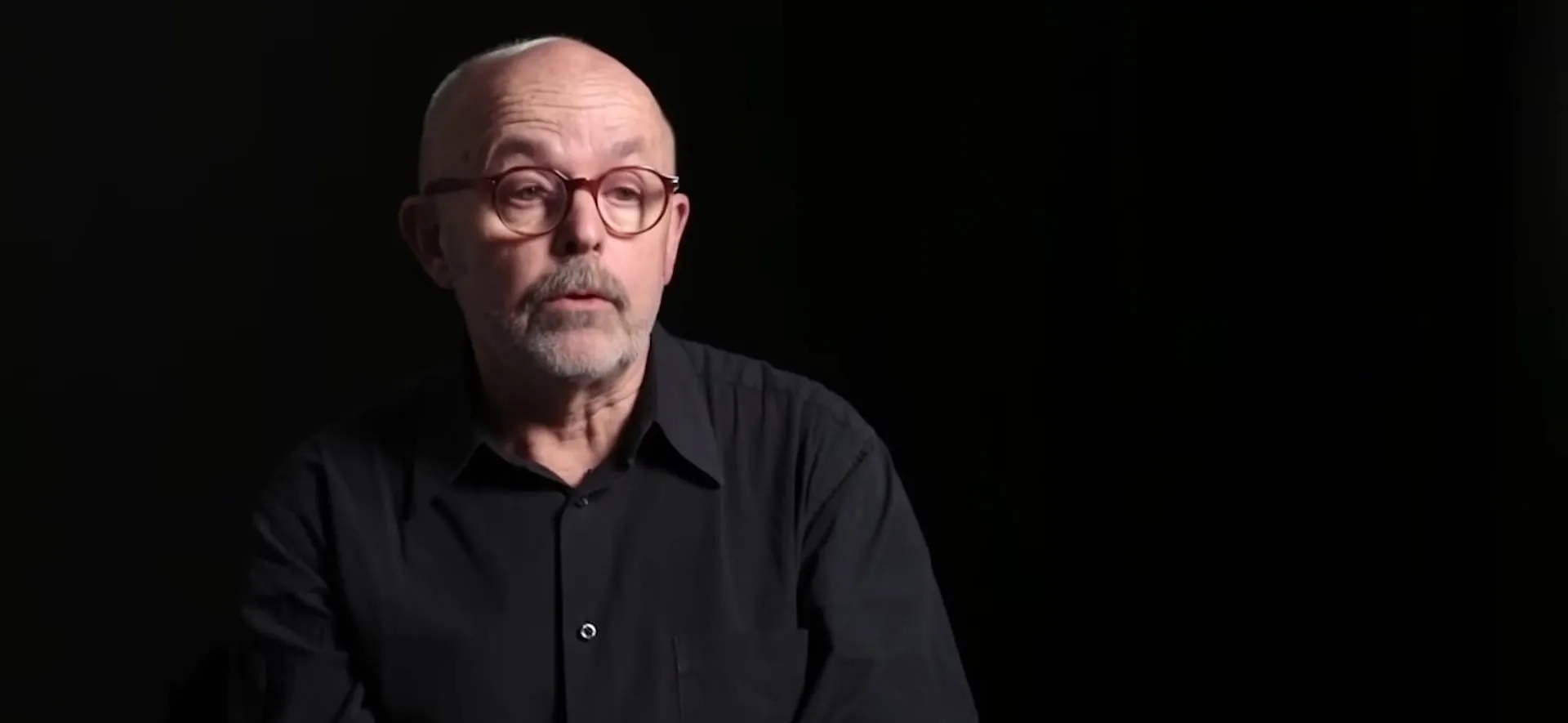
9/11: The Falling Man is a documentary that aired on Channel 4 in 2006. It was inspired by an article in Esquire discussing a haunting photograph of an individual falling from the World Trade Center during the catastrophic events of September 11, 2001. The identity of this person remains unverified, although a 2016 article from Time suggested that he may have been an employee of the Windows on the World restaurant. On that tragic day, nearly 200 individuals jumped from the towers after two planes hijacked by Al Qaeda crashed into them, part of the thousands who lost their lives.
The image sparked significant controversy upon its release, with many viewing it as cold and exploitative. Conversely, some, including musician Elton John, hailed it as “one of the most perfect photographs ever taken” and purchased a copy for his collection.
Reflecting on the controversy and the profound impact of the photograph featured in 9/11: The Falling Man, Richard Drew stated:
“The man in my picture is uninjured. He does not look like he’s in pain. But you know he is moments from death. And you can’t help but think, ‘That could have been me.’
The Iconic Photograph of 9/11: The Falling Man

The haunting photo featured in 9/11: The Falling Man was captured by Richard Drew, a photographer for the Associated Press. On September 11, 2001, Drew was initially on assignment to cover a maternity fashion show at Bryant Park. Once news of the terrorist attacks reached him, he took the subway to Chambers Street, the closest station to the Twin Towers.
At the corner of West and Vesey Street, Richard began to photograph the smoldering towers. Initially, he mistook the sounds of falling debris for that of objects tumbling from the buildings, only to realize people were jumping from the World Trade Center.
Most of those who leapt were from the North Tower, which had a higher occupancy and suffered greater destruction, trapping many inside.
In a rapid series of shots, Drew captured eight photos before a first responder urgently pulled him away from the impending collapse of the South Tower. In total, he recorded between ten to twelve images of individuals jumping, one of which became the central photograph associated with 9/11: The Falling Man.
The Controversy Surrounding The Falling Man

The photograph evoked controversy from the outset, attracting criticism for being exploitative and heartless. In the book September 11: The 9/11 Story, Aftermath and Legacy, Richard Drew reflected on his experiences, concluding that the outrage stemmed from how intimately it resonated with viewers.
Having previously documented significant historical events like Robert F. Kennedy Sr.’s assassination in 1968 and scenes from the Vietnam War, Drew found none incited as much backlash as the photo of the falling man. He posited that while Americans could emotionally detach from war victims or political figures, they found it harder to distance themselves from the image of an anonymous individual plummeting to their death.
This indistinct figure falling from the World Trade Center compelled viewers to reflect on their own lives and consider what choices they might have made if faced with imminent danger.
The identity of the person depicted in the Falling Man photograph has never been definitively established. Speculations have linked the victim to either Noberto Hernandez or Jonathan Briley, both former employees of Windows on the World. 9/11: The Falling Man first aired on Channel 4.




Leave a Reply